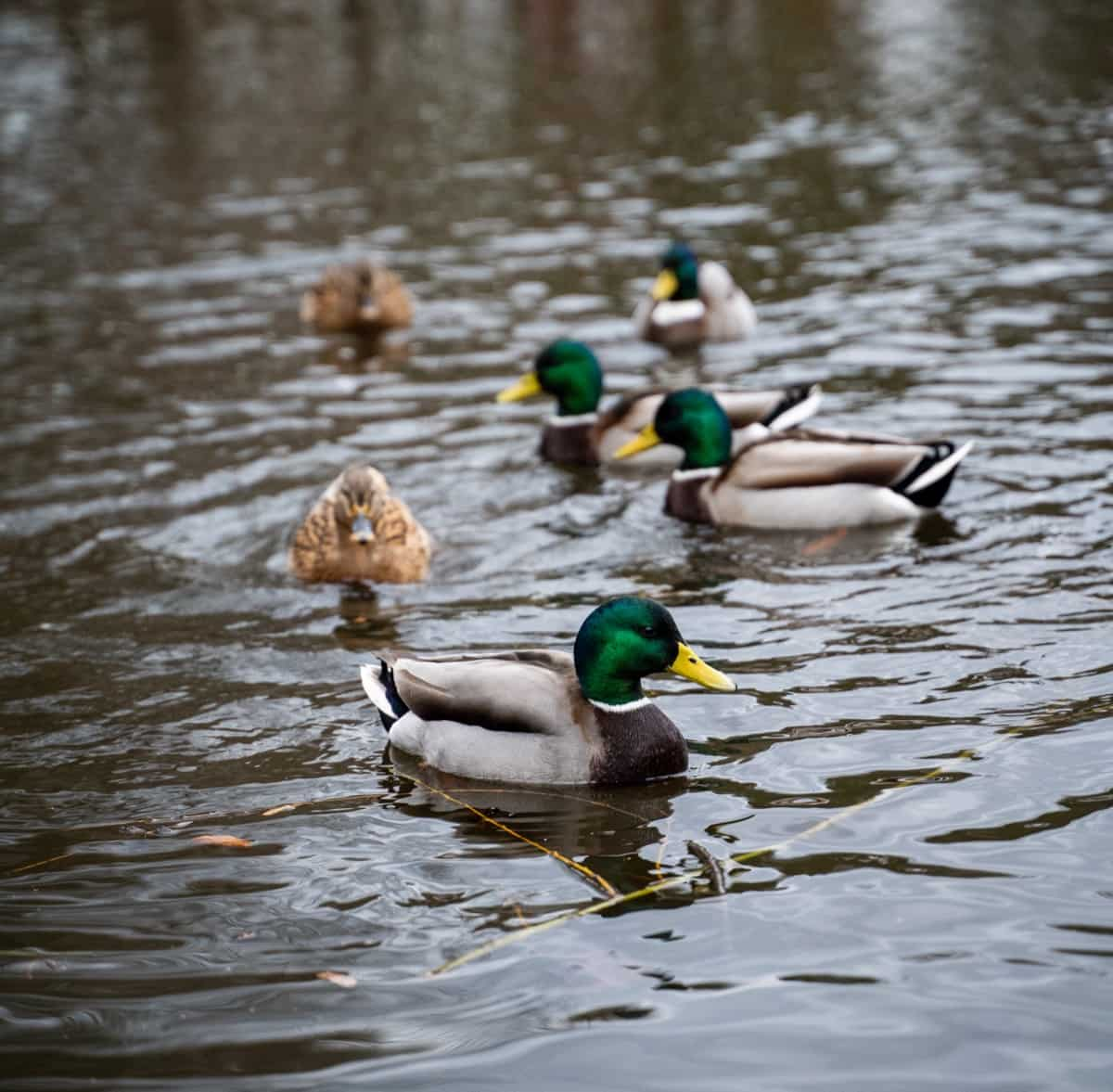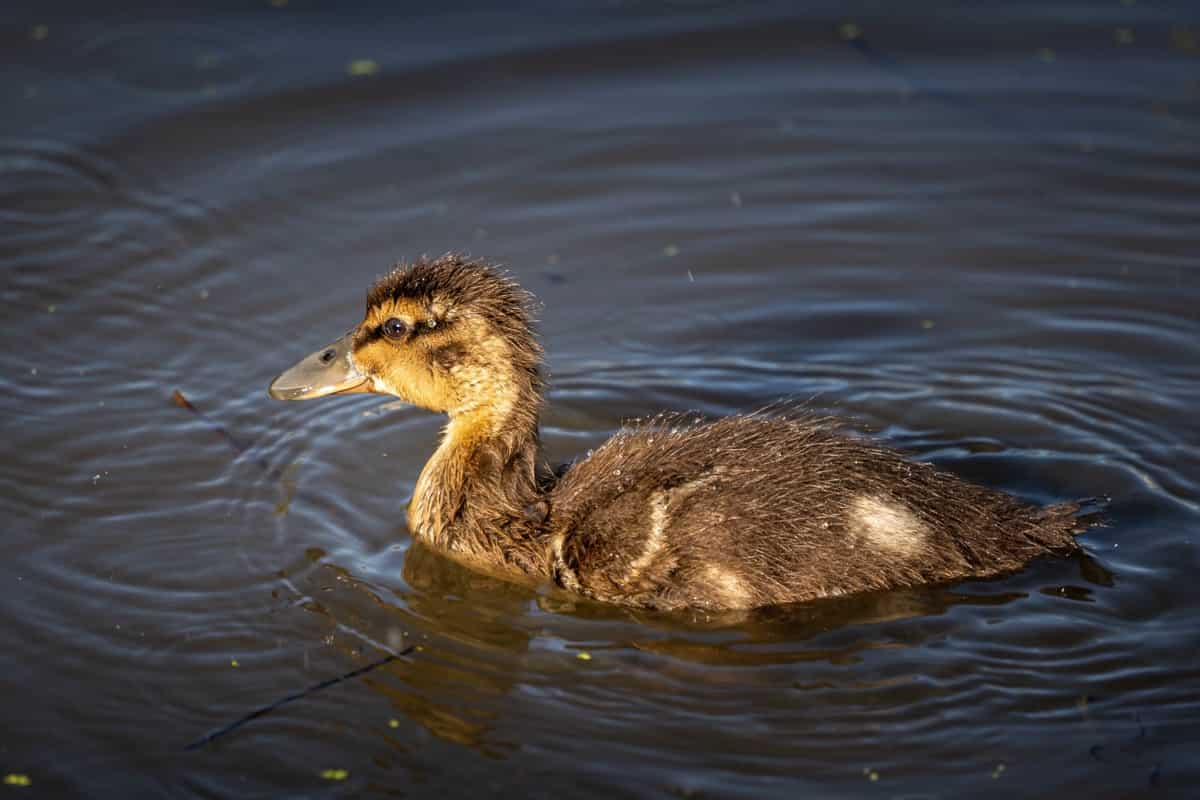Rouen ducks are a breed that combines beauty, utility, and charm. Their striking plumage and large size make them a delightful addition to a backyard or farm. These ducks have been bred for centuries for their meat and stunning plumage, making them popular among bird enthusiasts and collectors. One of the main purposes of raising Rouen Ducks is to provide a sustainable source of delicious and nutritious meat. Rouen Ducks can be used as exhibition birds in poultry show due to their impressive size and attractive coloration.

Origin and History of Rouen Duck Breed
The origin of Rouen ducks can be traced back to France, specifically the city of Rouen in Normandy. While their origins are somewhat uncertain, they were believed to be developed during the 19th century by crossbreeding domesticated mallards with larger European ducks. These ducks gained popularity for their beautiful plumage and delicious meat. Despite being bred primarily for meat production, these magnificent birds have also become beloved pets and show animals due to their striking appearance.
Information about Rouen Ducks
| Breed Name | Rouen |
| Breed Purpose | Meat, General Purpose |
| Broodiness | Average |
| Special Notes | Calm, Excellent Foragers, Good as pets |
| Climate Tolerance | All Climates |
| Egg Color | White |
| Egg Productivity | Medium |
| Rarity | Common |
| Climate Tolerance | Can Tolerate Most Climates |
| Country of Origin | France |
Physical Characteristics and Appearance of Rouen Ducks
Rouen ducks are known for their striking appearance and majestic stature. These birds have a large, plump body, broad chest, and long neck. Their upright posture and proud stance exude an air of elegance. One of the most distinctive features of Rouen ducks is their beautiful plumage. They showcase a stunning combination of rich colors, including shades of dark green, iridescent blue, and deep chestnut brown.
Their feathers have intricate patterns that create a captivating visual display. In terms of size, Rouen ducks are quite impressive. Adults Rouen duck size typically weigh between 9 to 12 pounds, making them larger than many other duck breeds. This substantial weight adds to their overall robustness and presence. Rouen ducks possess an enchanting blend of gracefulness and strength in their physical characteristics and appearance.
Behavior and Temperament of Rouen Ducks
Rouen ducks are known for their calm and docile nature, making them a great choice for backyard poultry enthusiasts. Their gentle disposition makes them easily adapt to human interaction and can be friendly toward their owners. These ducks are not particularly noisy, unlike some other breeds.
They have a moderate level of activity and enjoy exploring their surroundings. While Rouen ducks generally get along well with other duck breeds, it’s essential to introduce new birds gradually to avoid any territorial conflicts. They’re peaceful creatures that prefer harmony within their flock.
Rouen Ducks as Domesticated Birds
Rouen Ducks, with their stunning appearance and calm demeanor, make for wonderful domesticated birds. One of the advantages of keeping Rouen Ducks as domesticated birds is their ability to thrive in various environments. Whether you live on a farm or in a suburban area, these ducks can adjust well to different settings. They are also hardy and able to withstand colder temperatures, making them suitable for regions with harsh winters.
Rouen Duck Breeding and Reproduction
Breeding Rouen ducks can be a rewarding experience for duck enthusiasts. When it comes to reproduction, Rouen ducks are relatively easy to breed. To successfully breed Rouen ducks, you need a ratio of one drake (male) to every four or five hens (females). This ensures that each female receives ample attention from the male during mating. Ducks typically mate in the water, so providing them with access to a pond or pool is essential.
Once the breeding season begins, which usually occurs between late winter and early spring, you may notice changes in behavior among your flock. The males become more active and assert dominance over other males by displaying aggressive behaviors. The female will lay her eggs in secluded areas such as nesting boxes or dense vegetation near water sources. It’s important to provide suitable nesting spaces for your females to ensure they feel safe and comfortable laying their eggs.
In case you missed it: What to Feed Baby Ducks in an Emergency: Recommended Diet

After around 28 days of incubation, ducklings will begin hatching from their eggs. The mother duck will lead her brood out into the world shortly after hatching, teaching them how to swim and find food. Remember that proper care must be taken during breeding season as stress or disturbances can negatively impact egg production and overall reproductive success.
What Do Rouen Ducks Eat: Feeding Habits?
Rouen ducks have specific feeding habits contributing to their overall health and well-being. These birds are omnivorous, meaning they eat plant- and animal-based foods. Rouen ducks enjoy grazing on grasses and foraging for various weeds. Rouen ducks can consume insects like worms and snails that they find in their environment. To ensure proper nutrition for your Rouen ducks, it is important to provide them with a balanced diet consisting of fresh vegetables, grains such as corn or wheat, and access to clean water at all times.
When Do Male Rouen Ducks Change Color?
Male Rouen ducks undergo a fascinating transformation as they mature. When these ducks hatch, both males and females have similar downy, brown feathers. However, as the male ducks grow older, their plumage changes. Around 10 weeks of age, the male Rouen ducks start developing their striking adult plumage.
Their feathers gradually transition from shades of brown to a beautiful mix of iridescent green and deep blue on their heads and backs. As the males reach sexual maturity at around six months old, their dazzling colors become more prominent. It’s nature’s way of showcasing their attractiveness to potential mates during the breeding season.
How Often Do Rouen Ducks Lay Eggs?
Rouen ducks may not be the most prolific egg layers among duck breeds, but they still have their unique charm. Exhibition Rouens typically lay between 25 to 125 eggs annually, while Production Rouens can produce around 150 to 180 eggs annually. Their large size and flavorful meat make them popular choices for culinary purposes.
Health and Common Diseases in Rouen Ducks
One such disease is botulism when ducks consume contaminated food or water. This can lead to paralysis and even death if not treated promptly. Another disease that Rouen ducks may encounter is avian influenza, also known as bird flu. This viral infection spreads quickly among poultry and can devastate the flock.
Symptoms include respiratory distress, decreased egg production, and sudden death. One common health issue in Rouen ducks is bumblefoot, a bacterial infection that affects the feet. This condition causes swelling and abscesses, making it difficult for the duck to walk properly. Regular foot inspections and proper sanitation are vital for preventing this painful condition.
Ducks are also prone to parasitic infections such as mites and lice. These tiny creatures feed on the duck’s blood and can cause itching, feather loss, anemia, and overall discomfort. Maintaining good hygiene practices in their environment is crucial for keeping Rouen ducks healthy. Regular cleaning of their living space helps prevent the buildup of bacteria or parasites that could harm them.
Rouen Ducks in Agriculture and Farming
Rouen Ducks have been a popular choice for farmers and agricultural enthusiasts with their distinctive plumage and large size. These ducks are known for their adaptability to various climates, making them suitable for farming in different regions. In agriculture and farming settings, Rouen Ducks serve multiple purposes. They are valued not only as meat producers but also for their ability to control pests.
In case you missed it: Saxony Duck Breed: Physical Appearance, Temperament, Egg Production

These ducks are excellent at hunting down slugs, snails, insects, and even small rodents that can harm crops. Moreover, Rouen Ducks are easy to raise and require minimal care compared to other livestock animals. They do well in free-range systems or confined spaces. The dark-colored breast meat of these ducks is highly sought after by chefs who appreciate its tender texture and intense flavor.
Rouen Ducks as Exhibition or Show Birds
Exhibition and show birds are a special breed. They possess unique traits that make them stand out in competitions and events. Rouen ducks are no exception, with their stunning appearance and regal demeanor. These magnificent creatures have captivated the hearts of bird enthusiasts for many years.
Their large size, vibrant plumage, and distinctive color patterns make them a sight. With their deep green heads, contrasting white collars, and rich chestnut bodies, Rouen ducks truly exemplify beauty in its purest form. But being an exhibition or show bird isn’t just about looks; temperament also plays a crucial role.
Rouen ducks are known for their calm disposition and gentle nature – making them ideal candidates for the spotlight. Proper care is essential to maintain health and vitality for exhibition success. A nutritious diet of high-quality feed supplemented with fresh water ensures that these beautiful specimens remain robust throughout their training process.
Conclusion
Rouen Ducks are a delightful breed of domesticated ducks that originated in France. They were named after Rouen, where they were first bred for their meat and feathers. These ducks are known for their large size and beautiful plumage, making them popular on farms and as ornamental birds. The advantage of raising Rouen Ducks is their exceptional egg-laying capabilities. These ducks have a calm and docile temperament, making them easy to care for.
- Feed Your Flock for Less: Top 10 Tips to Save on Chicken Feed
- Ultimate Guide to Ossabaw Island Hog: Breeding, Raising, Diet, and Care
- Hatching Answers: The Top 10 Reasons Your Chickens Aren’t Laying Eggs
- Eggs and Economics: Breaking Down the Cost of Raising Backyard Chickens
- Defend Your Greens: Proven Methods to Keep Iguanas Out of Your Garden
- Ultimate Guide to Cinnamon Queen Chicken: A Comprehensive Guide for Beginners
- Ultimate Guide to California Tan Chicken: Breeding, Raising, Diet, Egg-Production and Care
- Ultimate Guide to Marsh Daisy Chicken: Breeding, Raising, Diet, and Care
- 10 Types of Chicken Farming Businesses You Can Start for Profits